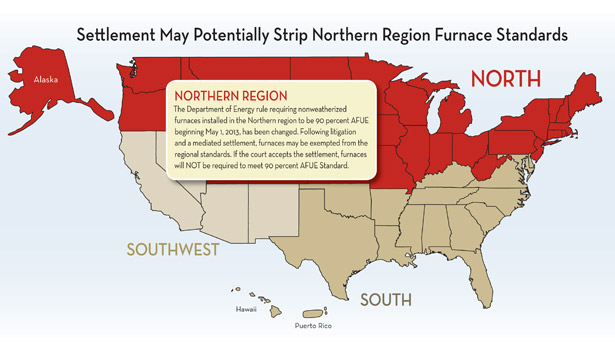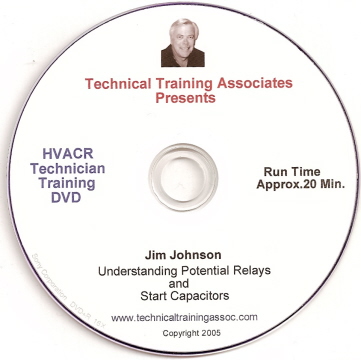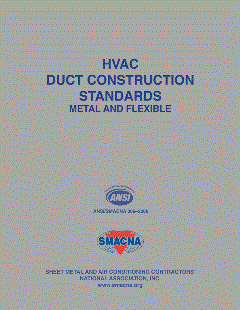The regional standards, which DOE had approved in late 2011, were set to take effect this May for the Northern region of the country, establishing 90 percent AFUE minimum-efficiency standards for nonweatherized furnaces. However, the American Public Gas Association (APGA) filed suit against DOE in January 2012 to contest the standards, and other industry associations including the Air Conditioning Contractors of America (ACCA) and Heating, Air-conditioning, and Refrigeration Distributors International (HARDI) intervened in the case on APGA’s behalf.
After more than a year of litigation, in mid-January, the industry received the news that APGA and the DOE had reached a settlement through mediation. If the court accepts the agreement, the portion of the standards that would have required 90 percent AFUE furnaces in the North would be stripped, and DOE will have to start the rulemaking process over for that category of appliances.
Reactions to the settlement from industry members ran the gamut. While some were disappointed by the exemption for furnaces and expressed concern about eliminating the higher-efficiency requirement for furnaces, other contractors were grateful for the change and hope that the next round of rulemaking will result in a better standard.
Going Backward or Forward?
“I think this was an unfortunate change for the country as a whole,” said Ken Robinson, co-owner of Climate Pro Mechanical Inc., Los Alamitos, Calif. “Reaching energy independence in America needs regulations to give the extra little push that we just otherwise won’t want to make.”
Bob Weber, HVAC sales manager at Bender Plumbing & Heating Supply, New Haven, Conn., agreed, saying, “I do think this is a step back. In certain regions we need the 90 percent-plus furnace being the standard.”
While he acknowledged that there were potential installation issues with the 90 percent mandate, Weber said it would have been possible to work through them.
“We all knew there were going to be issues with installs where venting would be a big issue, but all of those could be done if people would stand back and think,” he said. “Carpenters would be busy building soffits, homeowner associations would have to change their bylaws, etc. Thinking about taking care of the energy and the comfort of the home, 90 percent-plus equipment would be the right path to go.”
Others disagreed, stating that the issues surrounding the installation of 90 percent-plus furnaces are better avoided than mandated.
“There were so many problems with the regional standards that while normally I would feel that rescinding the decision would be a bad thing, in this case I don’t feel that way,” said Butch Welsch, owner, Welsch Heating & Cooling Co., St. Louis. “There are too many situations where it would not be practical to install a 90 percent furnace for the government to make that a mandate.”
“I am not in the area affected by the original guidelines for 90-plus percent efficiency furnaces, but I am usually all for mandated increases in efficiency. However, in this case I feel that the government may be doing the prudent thing by backing down these requirements,” said Craig Johnson, owner, Surgi’s Heating and Air Conditioning, Kenner, La.
According to Tony Positano, owner of Pozitive Heating & Cooling, Plainfield, Ill., stripping the 90 percent furnace mandate was the best solution. He referenced the installation issues, noting, “For one thing, there is a huge percentage of residential situations where it would not be possible to get flues out. Most people can’t even afford a new furnace let alone the major construction that would be needed in a lot of cases.”
Looking at the issue from another angle, Adam Gloss, vice president at Bel Red Energy Solutions, Mukilteo, Wash., noted that a rule mandating 90 percent furnaces may not have achieved the desired result of saving energy.
“We all want to see higher-efficiency HVAC systems being installed. They are good for consumers, for HVAC contractors, and for our nation’s energy security. But there were serious issues with the application and enforcement of the DOE’s regional standards for furnaces,” Gloss said. “When combined with current economic pressures, we were prepared to see a significant increase in the repair of older 60-70 percent AFUE furnaces, rather than replacement with 90-plus AFUE systems, in the Seattle market — which is one of the greenest you will find. We also anticipated an increase in the use of electric furnaces, which would have been a loss for everyone.”
Will Winchester, service manager, Poudre Valley Air Inc., Fort Collins, Colo., agreed that stripping the mandate is the best action for now.
“I think it’s probably a good thing for now that it is being held back, as I don’t feel that enough forethought was put into it as far as how it was going to impact homeowners and businesses,” he said. “The law, as is, wasn’t very forgiving. It would have been very impractical for some.”
Changing Plans, Informing Customers
The reversal of the regional furnace standard would mean that contractors who were preparing for the May 2013 implementation date will have to change their business plans.
“We have been preparing our business and customers for the efficiency change for over a year. We’ve sent newsletters, advised on our website, and our service techs have been advising customers — especially those such as condominiums where it would be difficult to impossible to vent a 90 percent-plus furnace,” said Welsch. “The fact that 90 percent furnaces are not required will definitely reduce our sales volume as each 90 percent furnace and venting would have been about $1,500 at least in volume and $200 in net profit. For us that would be several hundred furnaces at those numbers. We are debating regarding whether to change our budget numbers or to work harder to sell.”
Despite the efforts Welsch made to prepare customers for the standard change, he believes that the recent exemption won’t have a negative effect on his company’s relationships with customers.
“I don’t feel there will be an impact on our customer relations because we have been telling them the truth as we knew it at all times,” he said.
Winchester noted that the change to the rule is a “double-edged sword.”
“The only negative with this is with customers that we have already informed who decided to change out now instead of waiting so they wouldn’t have to upgrade at a higher efficiency,” he said. “Although we didn’t take advantage of anyone, it could look that way to some. If we would have waited and not informed people, and the law went into effect, then people would have been mad that we didn’t educate them. And if we inform too early and the law doesn’t go into effect, then they get upset because they could have waited a little longer.”
Seeking a Better Process
Although the regional standards settlement stipulates that the DOE will restart the rulemaking process for furnaces this year, industry experts predict that it will be years before a new standard is approved and implemented. Many contractors are hoping that a better rule will emerge from the next round of rulemaking.
According to Brian McDonald, general manager, Outer Banks Heating & Cooling, Kill Devil Hills, N.C., the settlement “will give the industry another chance to present its case to DOE.”
However, others noted that the rulemaking process is fraught with problems. “I wish the original rule was created with more forethought and consensus, but it was not,” said Gloss. “I think the DOE has to take the lion’s share of the blame for all of the delays up to now (they have had years to work on this and waited until the eleventh hour), for the lack of inclusiveness in their rulemaking process, and the serious problems that were created as a result.”
He also expressed disappointment that a furnace standard now appears to be far-off in the future. “It is regrettable that the timeline has been extended out as far as it now has.”
Joseph Kokinda, president and CEO at Professional HVAC/R Services Inc., Avon, Ohio, said, “I believe that our industry and the DOE needs a better method of rule setting and vetting.”
In the case of the furnace standard, he said, “This one is back to the drawing board, causing an unfortunate delay in the final adoption and implementation of their new rule. Hopefully, someone will get it right next time.”
Kokinda also proposed that new standards should pertain only to new construction, rather than the replacement market.
Positano echoed this idea, and gave his recommendation for how DOE should have set the furnace standard. “If they would have thought this through a lot earlier, they would have thought about mandating 80 percent, two-stage, variable-speed furnaces that are extremely efficient. If they want to mandate 90 percent into all new construction, that’s the place to mandate it.”
Promoting High Efficiency
No matter what DOE ultimately mandates, many contractors noted that they educate their customers about high-efficiency products on their own. “Our business plan is to offer high efficiency to all our customers and has been for quite some time,” Winchester said. “In my opinion, it has to make sense for the homeowner or business, meaning I don’t want to spend more than I will ever get back. If I upgrade to a price that I will never get a return for, then I’m going to be mad that I was made to do something that didn’t make sense.”
Welsch noted that the market can push consumers to invest in high efficiency without government regulation. “I believe the free market should determine what efficiencies will be sold. If the higher efficiencies make economic sense, then the market will dictate that they are sold,” he said.
He added, “The fact that the government has caused all of the issues that they have is a perfect example of why they should stay out.”
Gloss also emphasized that HVAC contractors can focus on providing and promoting high-efficiency products to their customers.
“There is no reason that the HVAC industry cannot promote higher-efficiency systems without a rule making them mandatory,” he said. “There are a lot of good reasons for consumers to choose them, and I know that we will continue to promote high-efficiency systems to our customers. But I am also glad to have the flexibility to install 80 percent AFUE systems where application, consumer’s budgets, or other considerations make them the best choice.”
Publication date: 2/11/2013








